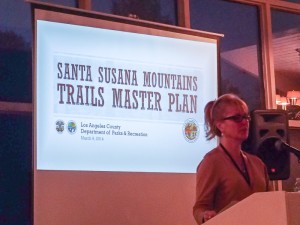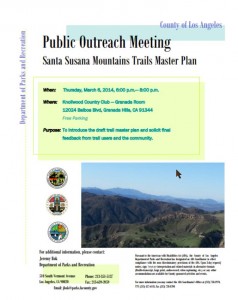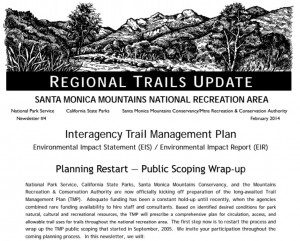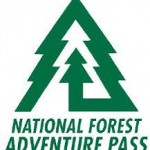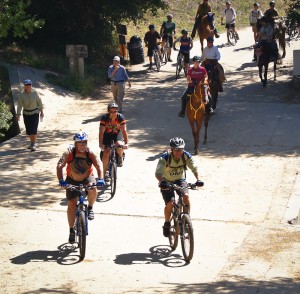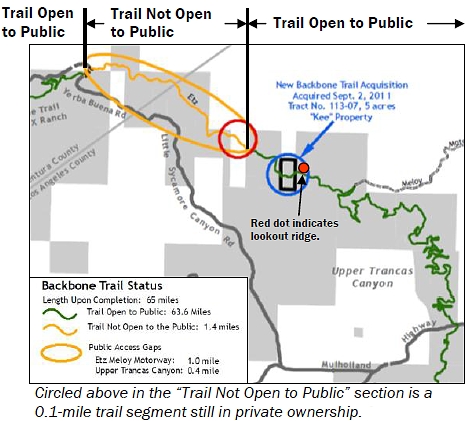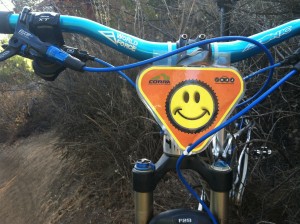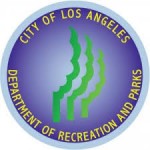 The City of of Los Angeles Recreation and Parks Department (RAP) is seeking public input on the future and funding of our City parks. This is being conducted through a series of public meetings, and an online Community Budget Discussion survey.
The City of of Los Angeles Recreation and Parks Department (RAP) is seeking public input on the future and funding of our City parks. This is being conducted through a series of public meetings, and an online Community Budget Discussion survey.
We are taking this opportunity to remind RAP of their obligations and duties as identified in the 2010 Los Angeles City Bike Plan. CORBA worked diligently to keep the meager provisions for off-road cycling in the 2010 Bike Plan, while the powerful equestrian lobby fought hard to have them removed. We submitted over 1000 letters and petition signatures calling on the City to include strategies for accommodating mountain bikes on at least some City trails. We also asked that a recommendation for Bike Parks be included in the Bike Plan, but a Bike Park provision was not included in the final plan.
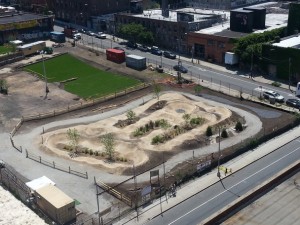
Havemeyer Park, a pop-up bike park facility in Brooklyn
The City has made remarkable progress on the implementation of the Bike Plan, at least where the Department of Transport is the lead agency. The five-year implementation strategy is ahead of schedule with regards to new bike lanes and other infrastructure supporting cycling on the City’s streets.
To our knowledge, nothing has yet been done to implement the off-road cycling provisions identified in Chapter 4, Sections 3.3.5, 3.3.6, and 3.3.7 of the 2010 Bike Plan. The lead agency identified for those provisions is RAP. The Bike Plan calls for these provisions to be completed by 2015.
We therefore urge all of CORBA’s members who live within the City of Los Angeles to complete the survey. The survey is available at http://laparks.org, where a popup window will direct you to the survey. The survey can also be accessed directly at http://m.laparks.org/survey/#survey, but please read on before doing so.
The RAP survey will ask how often you visit City parks, what activities you participate in, how far would you travel for specific activities, and what amenities you would like to see. Nowhere within the survey is there any mention of bicycles, trails for bicycles or bike parks. You must write those in where appropriate.
While “equestrian trails” and “hiking/walking” trails are referred to in the survey, there is not a single mention of bicycle trails or multiple-use trails. Also missing is any mention of Bike Parks. Therefore the only opportunity within the survey to request park facilities for bicycles, such as trails, pump tracks or bike parks, is in the “Additional Comments,” section 9.
We encourage our members and readers to take the survey, and in the “Additional Comments section,” urge the RAP department to:
The Recreation and Parks Department needs to allocate the necessary resources to complete the programs for which it is the lead agency as identified in Chapter 4, Sections 3.3.6 and 3.3.7 of the 2010 Bike Plan. Numerous funding sources in the form of bike industry grants, community health and wellness grants, and youth initiative grants are available to fund and support bike skills parks and multiple-use trails, as well as sponsorships and public-private partnerships. RAP needs to provide natural-surface trails for bicycles, and should consider developing urban bike skills parks, with a range of skills development features that are suitable for all ages and skill levels.
You may copy and paste the above paragraph to post under “additional comments”, but feel free to provide your own input for the survey. Additionally, section 6 asks surveyees to rank or prioritize desired facilities. Bike parks are not mentioned, but can be written in under option W: “Other, Please Specify.”
Core to the survey is the identification of sources of revenue to fund the City’s parks. There are many funding options in the form of bike industry grants available for the construction of bike parks and multi-use trails. There is also a ready and willing army of volunteers who would gladly help build and maintain bike parks. However, the City must first undergo a change in attitude towards off-road bicyclists, just as it has seen a change in attitude towards road cyclists and bike commuters.
A series of public meetings are being held, some of which have already taken place. A full list of them is available at http://www.laparks.org/pdf/comInput.pdf. Meetings are from 6:30 – 8 p.m. For more information, contact Theresa Walker, theresa.walker@lacity.org, at (213) 202-3205.
CD1 – December 4: Ramona Hall Community Center, 4580 North Figueroa Street
CD3 – December 3: Woodland Hills Recreation Center, 5858 Shoup Avenue
CD4 – December 9: Griffith Park Visitor’s Center, 4730 Crystal Springs Dr.
CD7 – December 10: Ritchie Valens Recreation Center, 10736 Laurel Canyon Boulevard (Pacoima)
CD8 – December 3: Algin Sutton Recreation Center, 8800 South Hoover Street
CD9 – December 12: EXPO Center, 3980 South Bill Robertson Lane
CD10 – December 4: Rancho Cienega Sports Complex, 5001 Rodeo Road
CD14 – December 2: City Hall, 200 N. Spring St. Public Works Board Room
CD14 – December 3: Evergreen Recreation Center, 2844 East 2nd Street
CD15 – December 5: 109th St. Rec Center, 1464 E. 109th St.
Edit: CORBA’s response letter to Rec and Parks can be read at: 2013-12-02-Los Angeles Rec and Parks Letter.
 By Mike Harriel, Southern California Gas Company
By Mike Harriel, Southern California Gas Company

